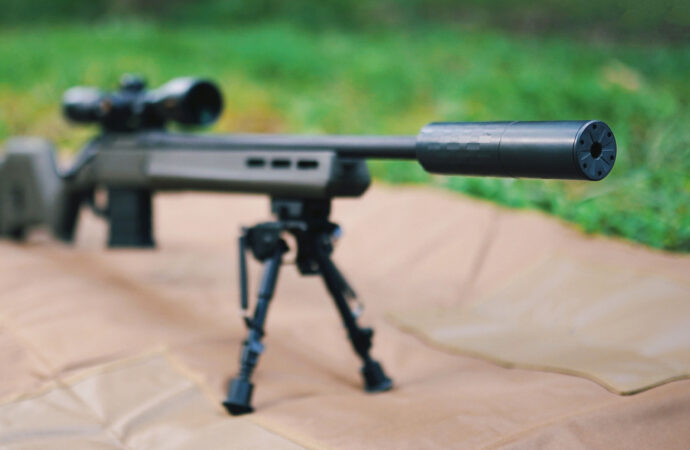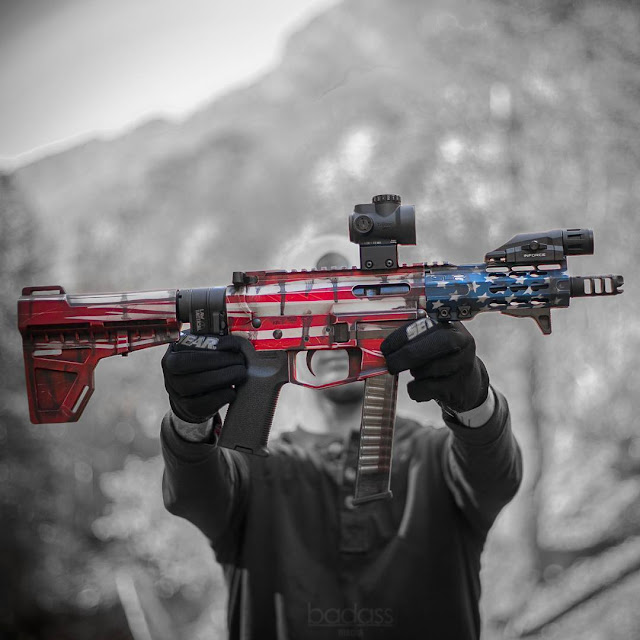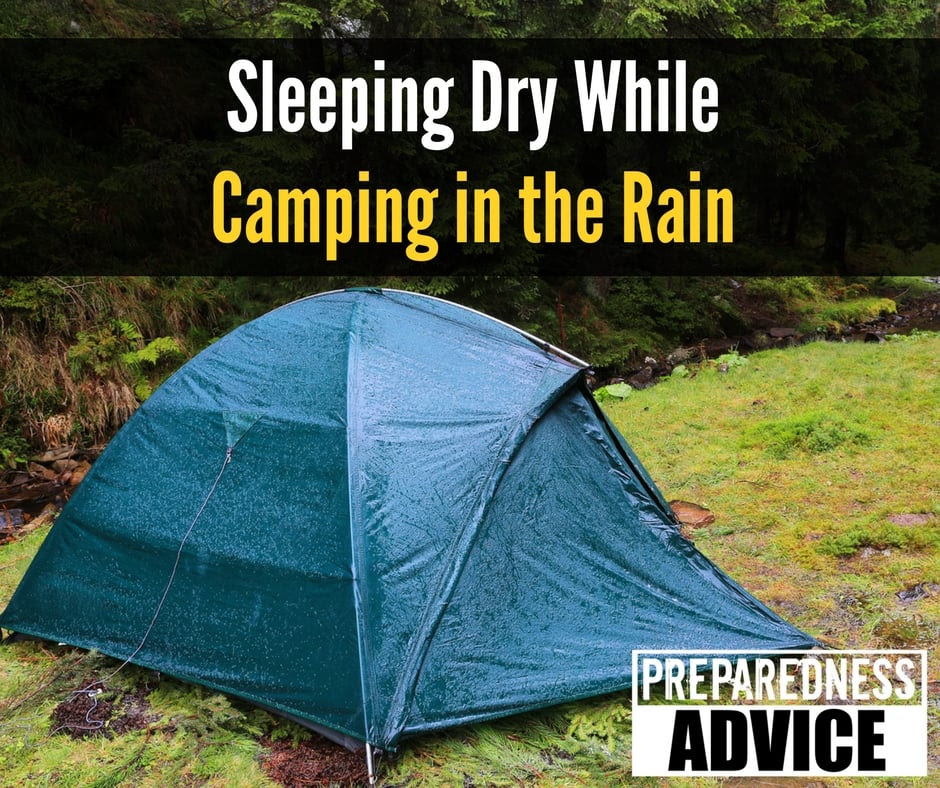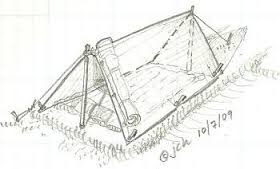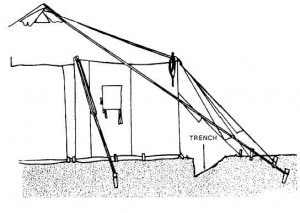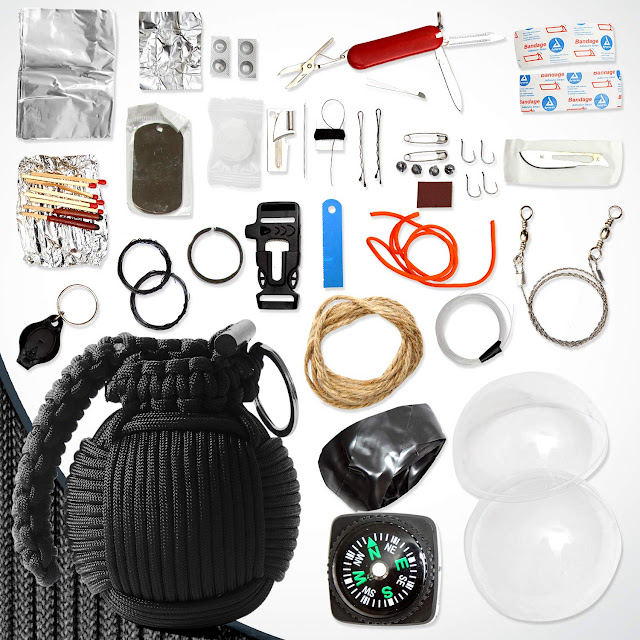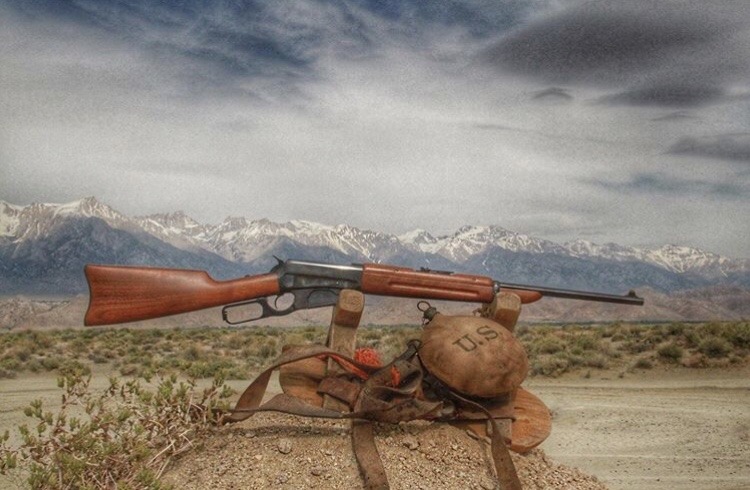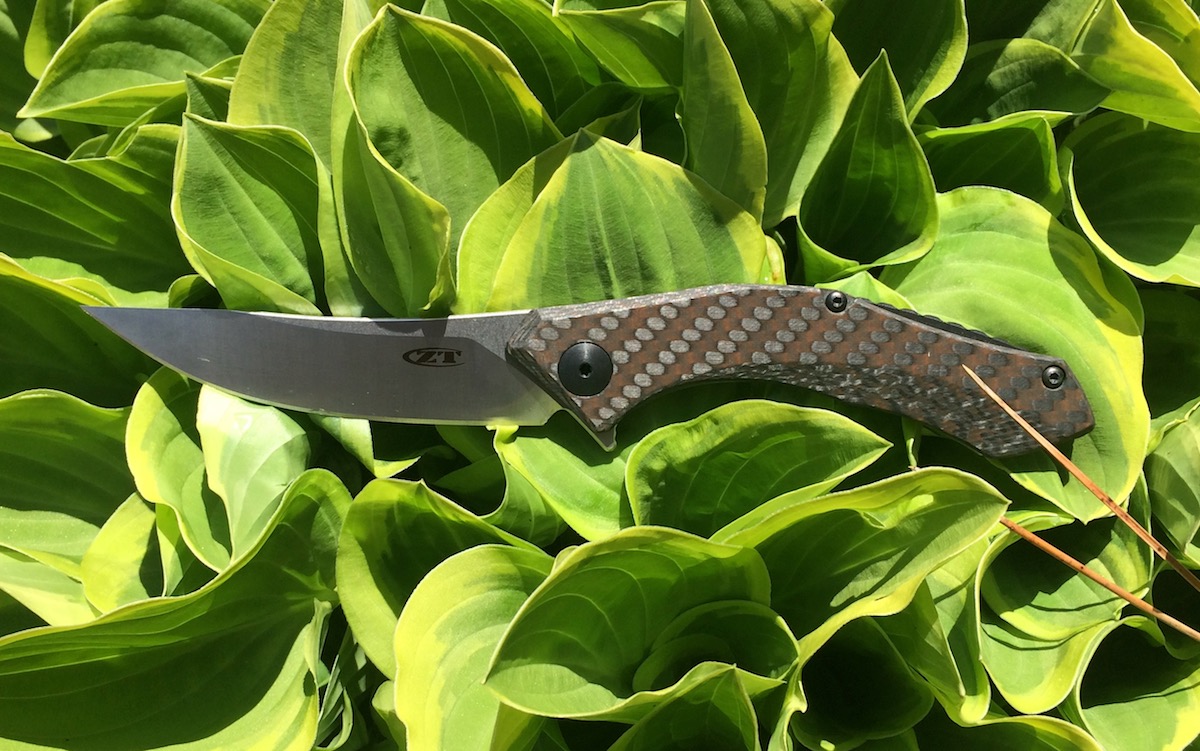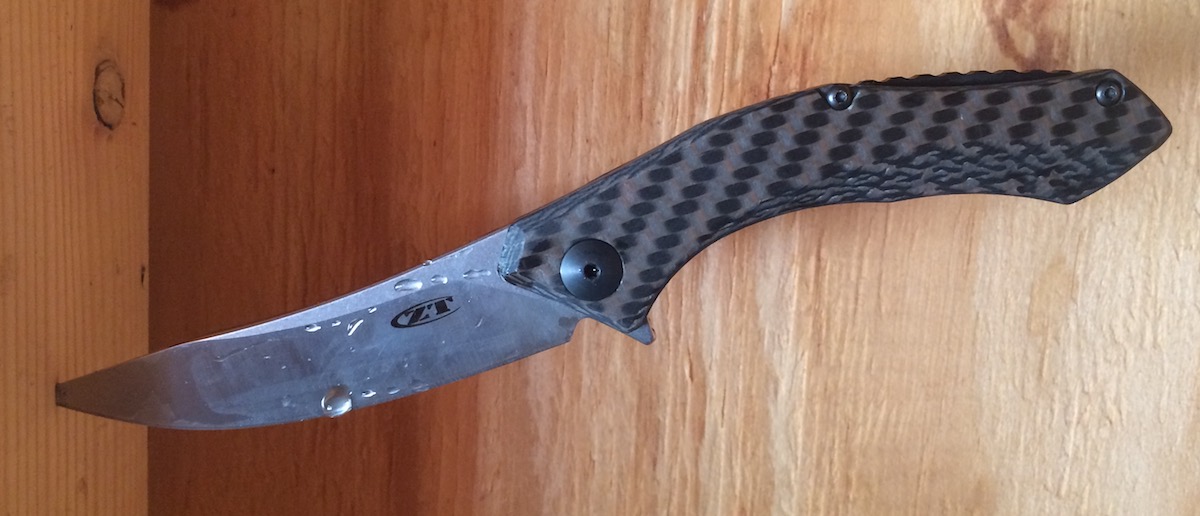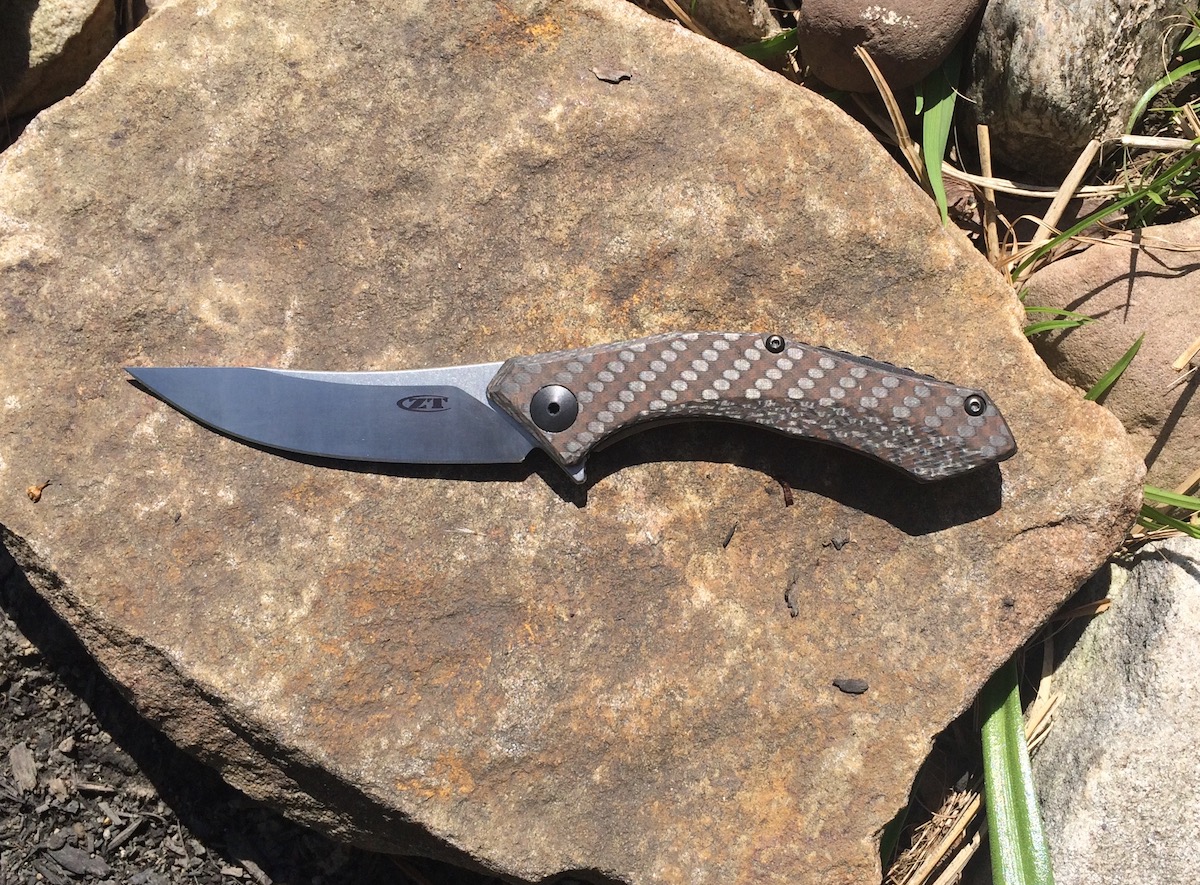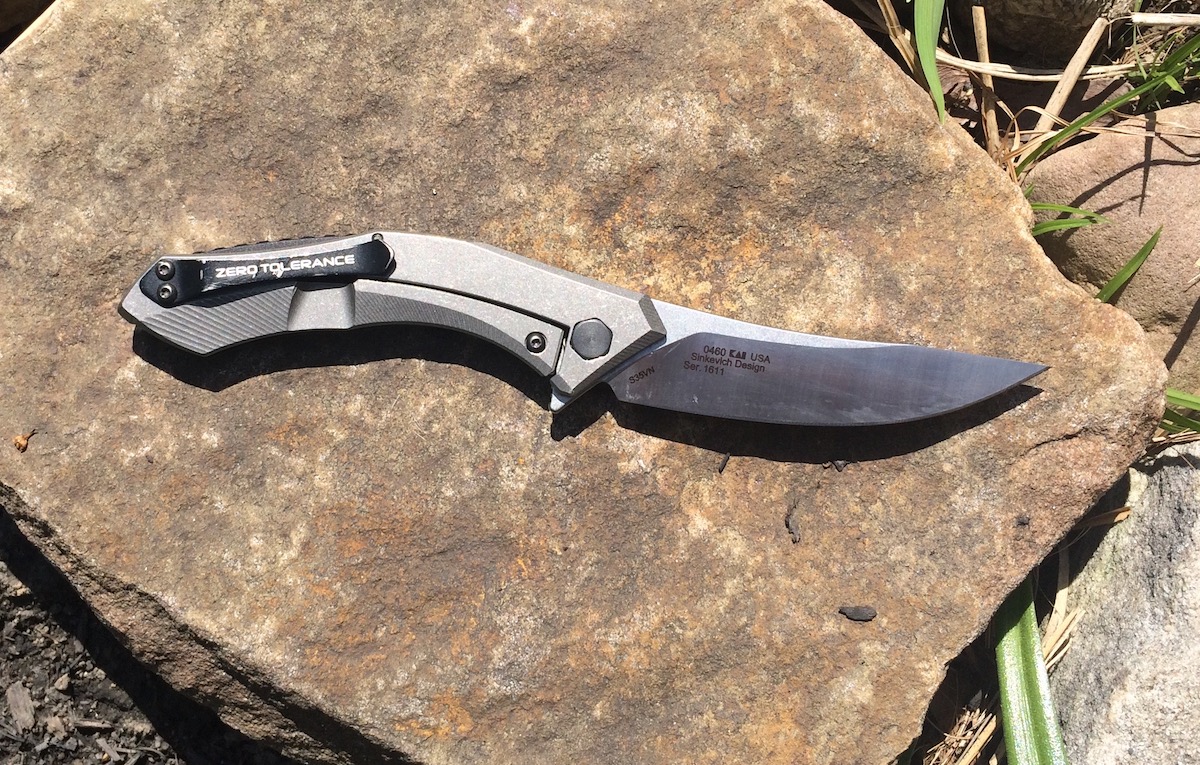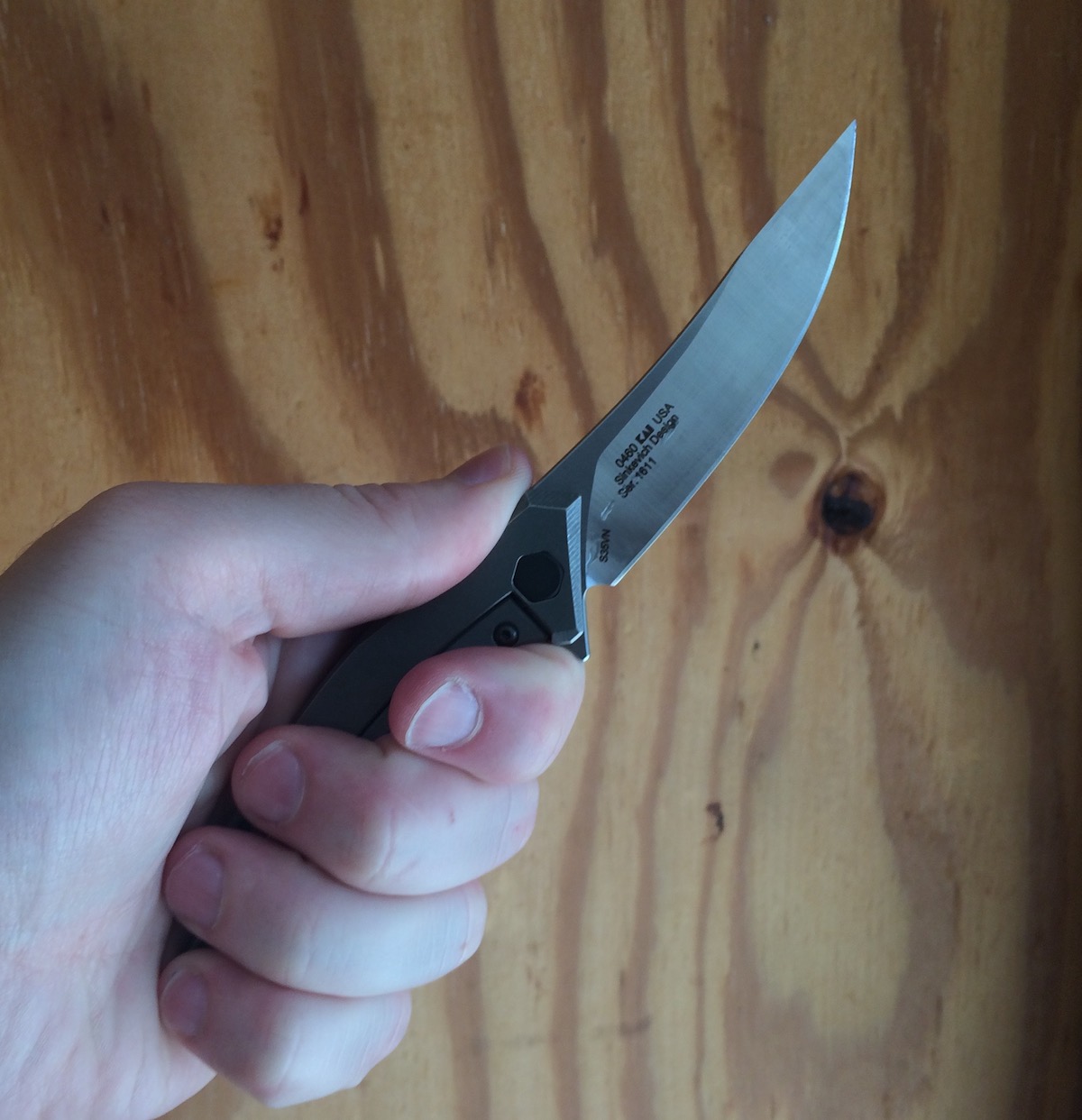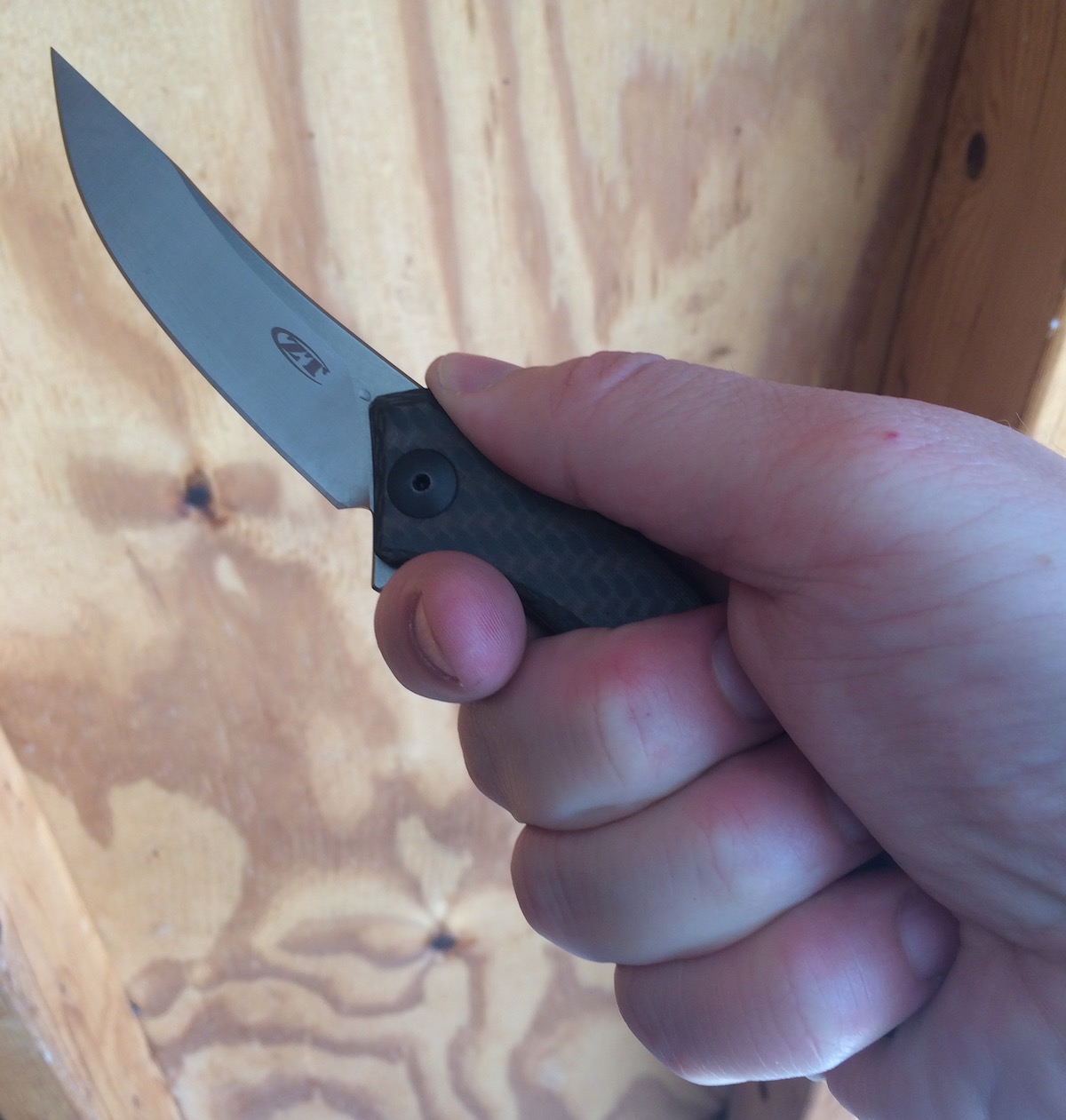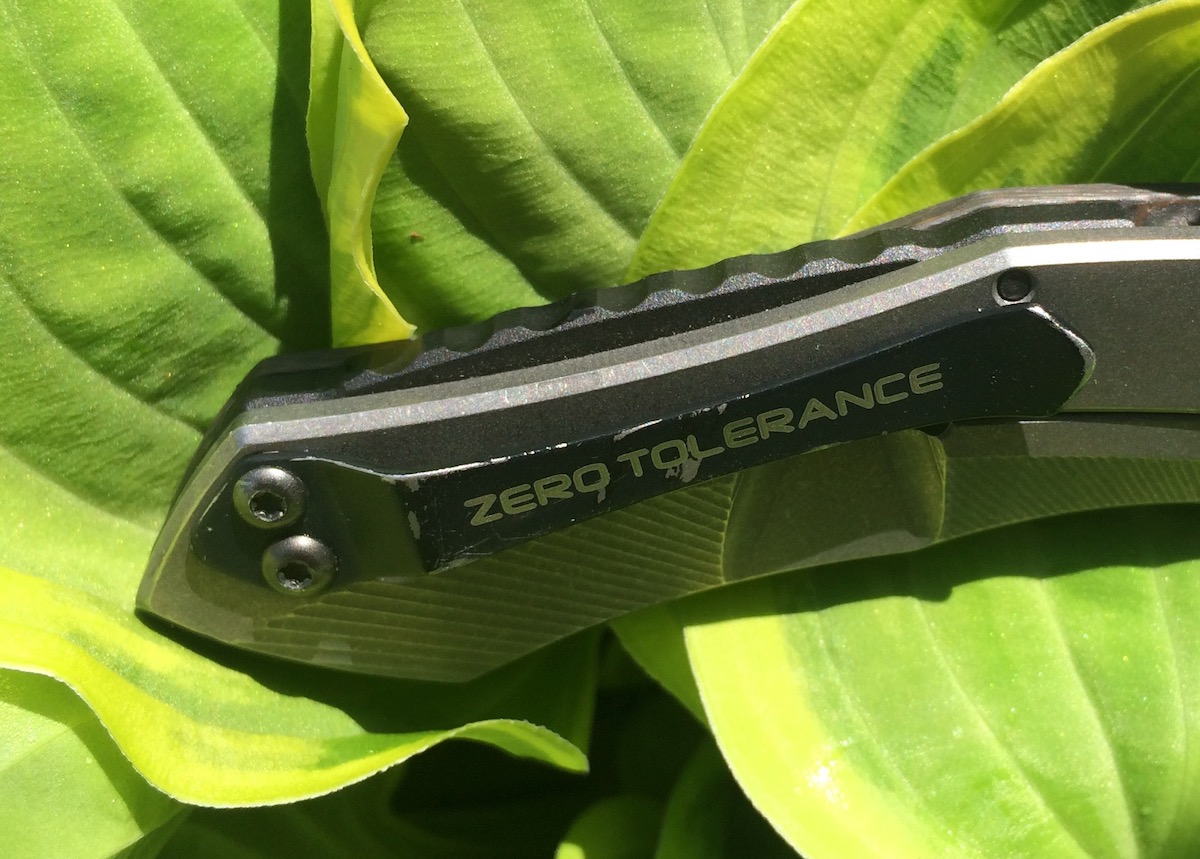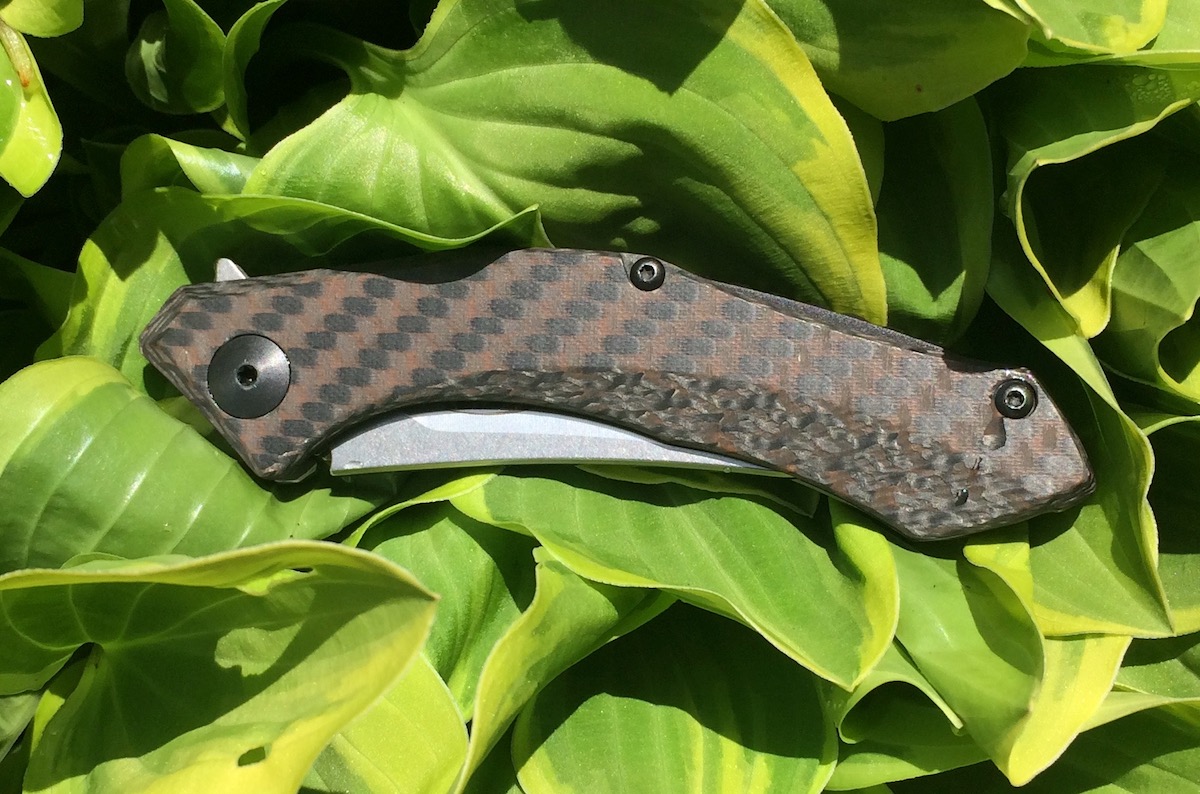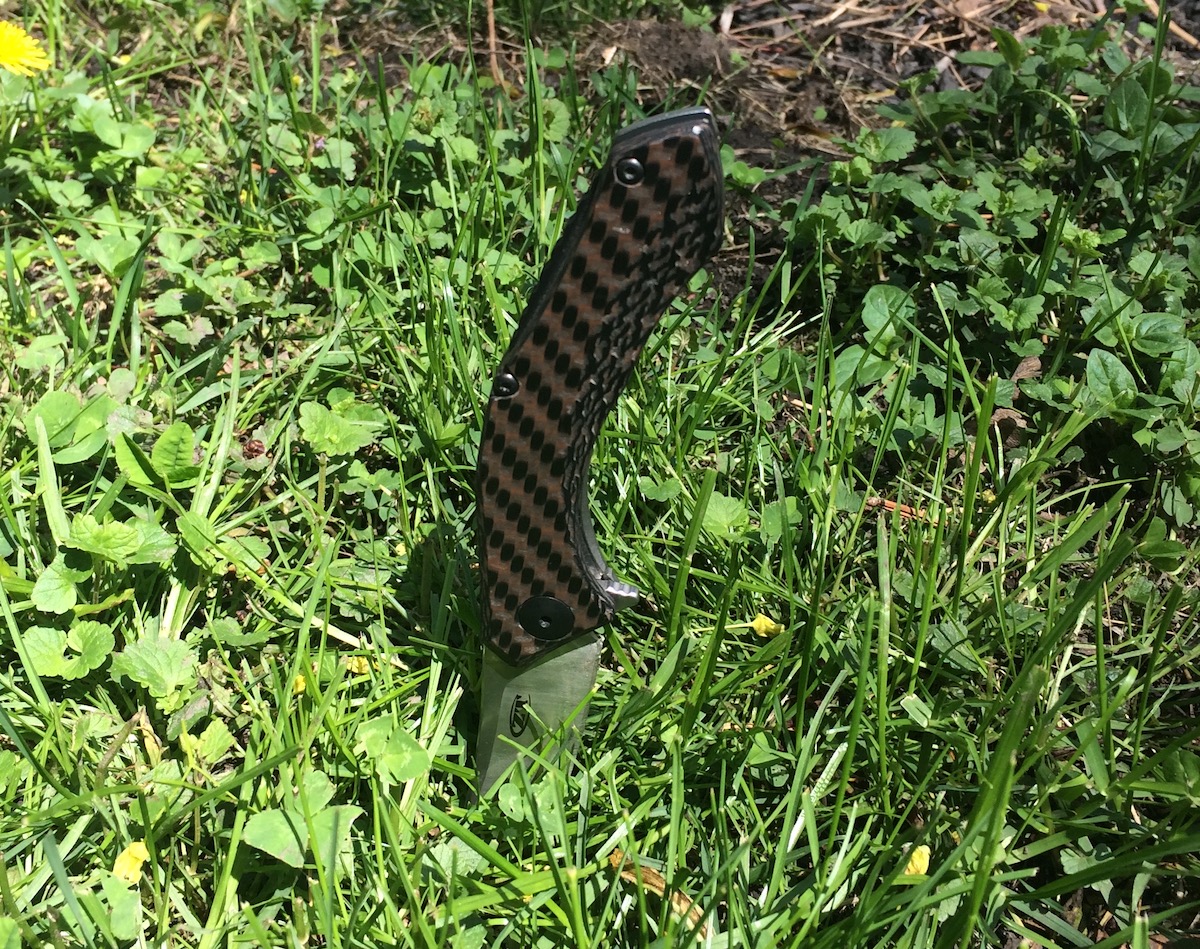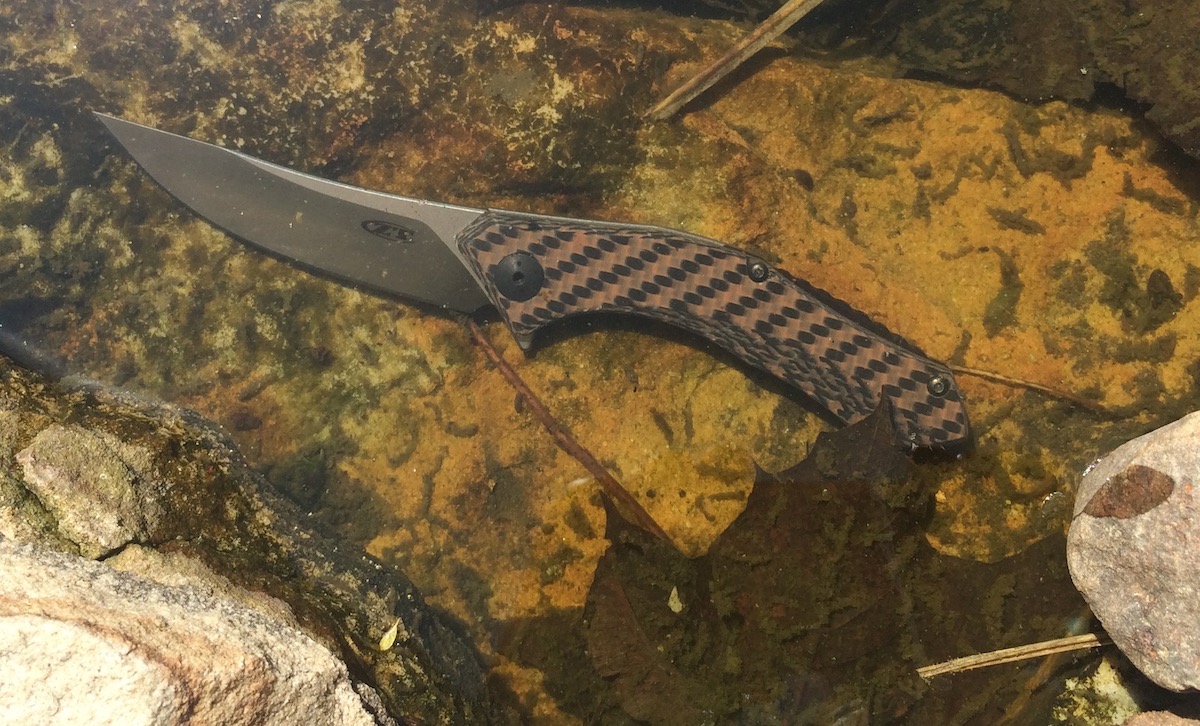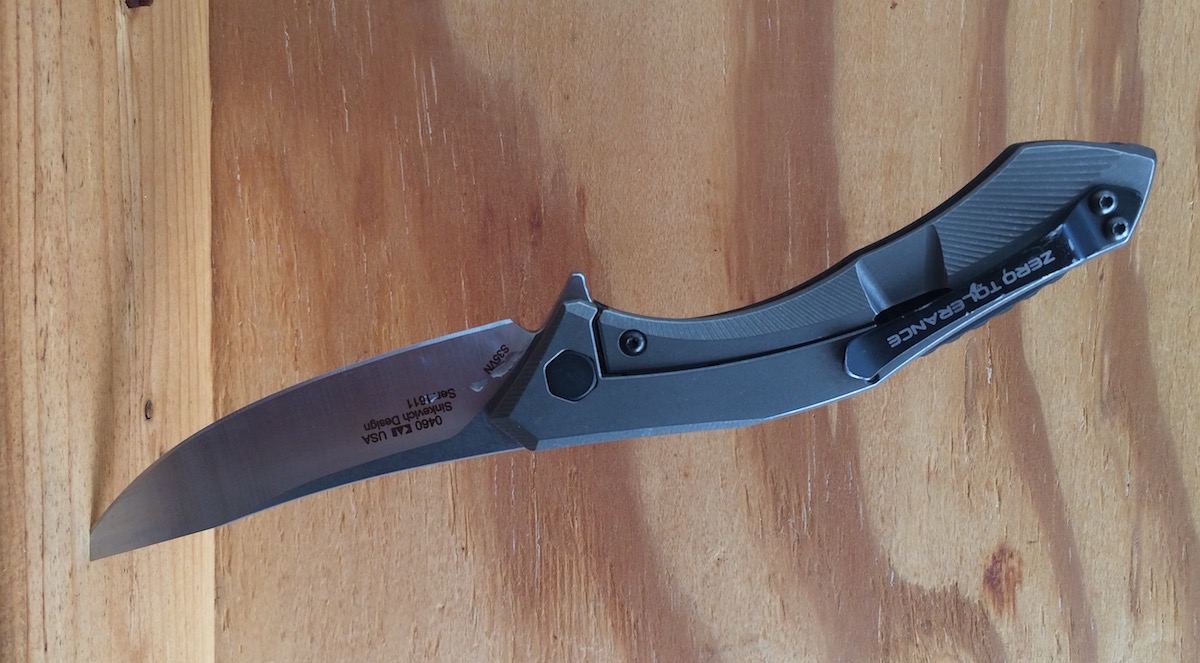
If you understand how silencers work and would like to jump straight to the data, here is a quick guide to the sections covered in this project:
- How Silencers Work
- Suppressors vs. Silencers
- Benefits of Suppressors
- Are Silencers Legal?
- Silencer Decibel Level Testing
Understanding How Firearm Silencers/Suppressors Work
When you fire ammunition from a gun, the ammo generates hot pressurized gases that need a place to escape.
As these turbulent gases exit the firearm, the dramatic change in pressure causes a loud blasting sound. A silencer’s job is to redirect these heated gases through a system of chambers and baffles to slow down, cool, and limit the pressure and noise emitted from a firearm’s barrel.
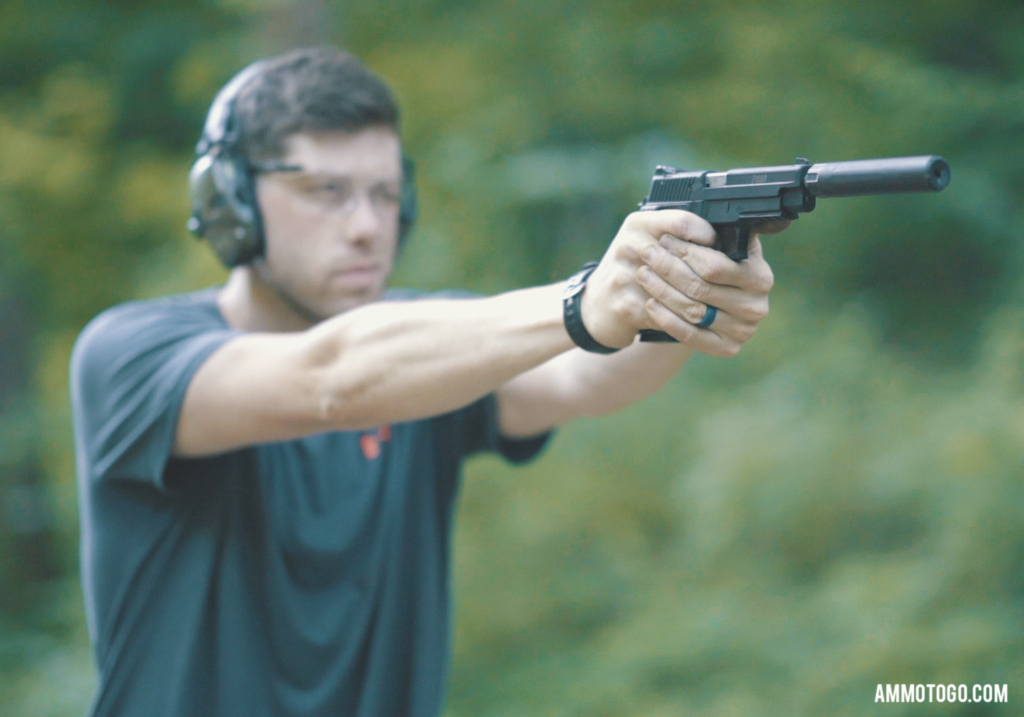
Shooting a pistol chambered in .22lr with a Dead Air Mask HD Silencer
One great example of how silencers work can be seen when looking at car’s muffler. A muffler’s job is to take the hot gases and noise generated from an internal combustion engine and slow them down through a system of tubes and baffles. The result comes out as exiting exhaust within an acceptable audio range.
Just like mufflers, there is no one size fits all solution for silencers. They come in different shapes and sizes. This lets us control how loud or quiet we would like our firearm to sound. Firearm silencers are so similar to mufflers because the inventor, Hiram Percy Maxim, actually helped with a lot of the research for improving automobile and industrial silencers. His company, Maxim Silencers, is still running strong over 100 years later and remains a leader in the industrial noise control market.
Suppressor vs. Silencer
Silencers are continually a hot topic of debate between gun owners and gun control advocates. The debate usually starts when asking what exactly we should call these devices.
The term “Silencer” is really a colloquial term for firearm suppressors, and one of the most misleading aspects of the whole debate. Contrary to the term, “silencers” do not completely silence a firearm.
Similar to the whole Magazine vs. Clip argument, there are staunch advocates in favor of never using the term “silencer” when discussing firearm suppressing devices. Many point to the way silencers are portrayed in the media as basis of inaccurate representation of their capabilities.
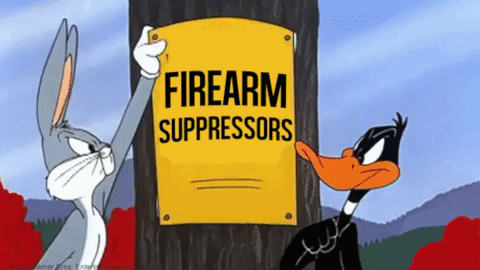
When used in action films, the bad guys are usually running around gunning down their targets, all while remaining undetected due to the whisper like sound levels of their evil guns. While this makes for a great story telling device, the real-world accuracy of how a silencer actually performs is much different than its Hollywood portrayal.
In reality, most civilian-accessible firearms emit sounds ranging from 140-175 decibels. Silencers only marginally suppress a gun blast, bringing the levels down to around 120-150dB. Most of the time, the sound is still very obviously identifiable as a gun shot.
Many gun owners also fear that inaccurate portrayals could lead to even more regulations for silencers/suppressing devices.
For what it’s worth, the ATF uses the term “Silencer” in their yearly statistical update for sales and applications for firearms and other NFA items.
Oh, and Mr. Maxim, the inventor himself, called them silencers. So, in the suppressor vs. silencer debate we’re going to call them silencers out of respect to Mr. Maxim. But, know we’re not advocating the Hollywood portrayal of these tools as accurate.
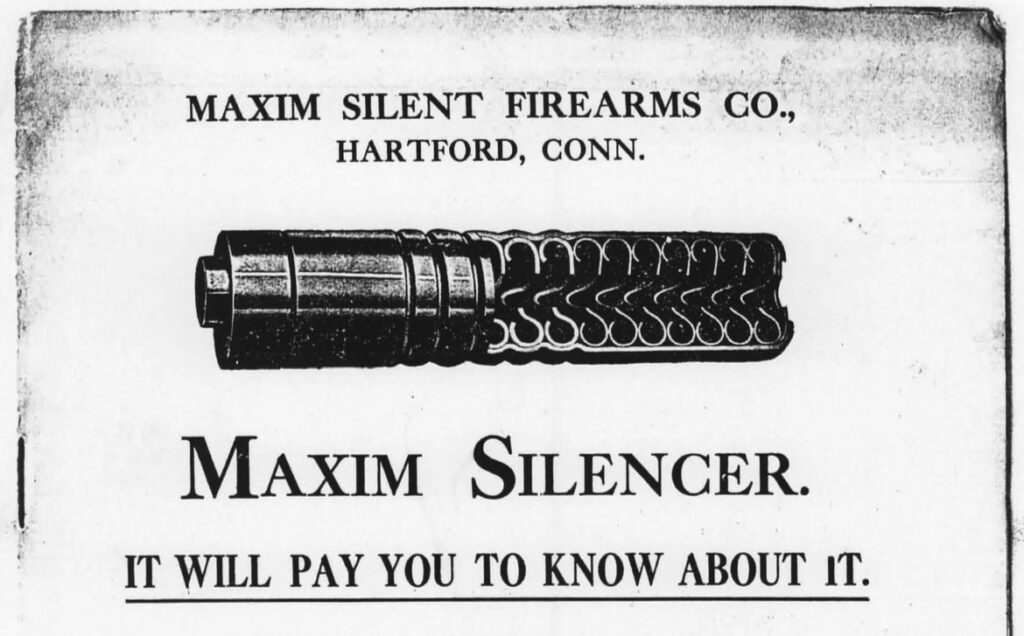
How Effective are Silencers?
When it comes to a silencer’s capabilities, there is a short and simple answer to the question, “How much quieter is a gun with a silencer?”; It depends.
There are many factors that go into how a suppressed gunshot will sound. The type of silencer used, firearm/caliber choice, ammunition being fired, even temperatue and atmospheric conditions can all impact the overall sound a firearm emits.
Silencers mainly focus on controlling the sound level emitted from firing a round of ammunition. But keep in mind, a firearm’s action also creates mechanical sounds when cycling rounds of ammunition. These sounds are in no way changed by the use of a silencer.
Caliber and Firearm Choice
Since silencers can be expensive and a hassle to purchase, many people opt for a model that will work well with multiple calibers. One popular choice is using a .30 caliber silencer to shoot rounds such as .308/7.62 NATO, and 300 AAC BLK, but also using it to shoot smaller .223 and 5.56 NATO rounds.
Even though a .30 Cal silencer will suppress a gun shot from a smaller caliber, the sound isn’t as suppressed as it would if the shooter were using a model made exclusively for the round being fired.
Barrel length can also have an effect on the overall sound levels of a gun shot.
Generally, the shorter the firearm barrel, the louder the blast will be. A longer barrel allows more time for the powders and gases to burn before escaping the end of the muzzle.
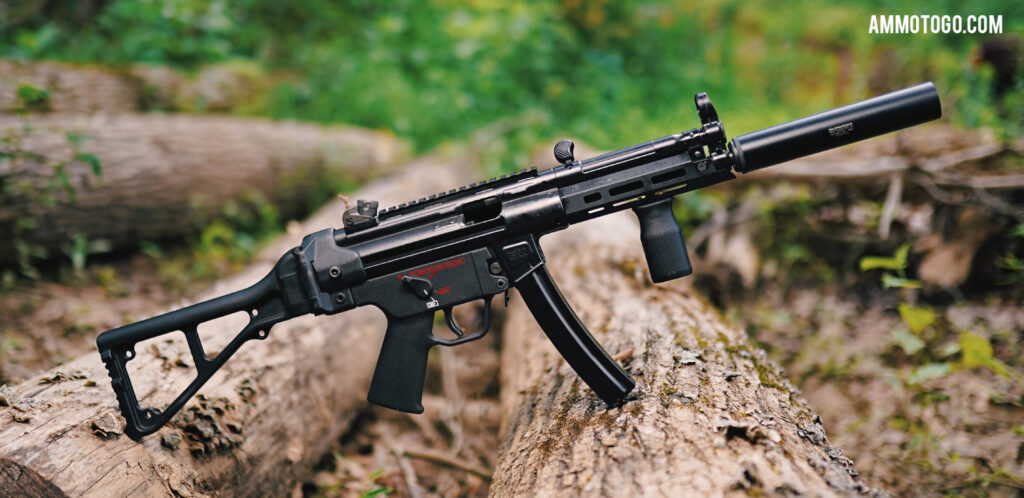
Subsonic vs Supersonic Ammo
Along with the sound of the action, there is an additional insuppressible noise that comes into play, but it has to do with the actual projectile itself.
Since the use of a silencer does not alter the performance or velocity of the bullet being fired, when the projectile breaks the sound barrier you will hear what’s commonly known as a sonic boom or in this case, a sonic crack. This audible confirmation of a high velocity projectile breaking the sound barrier can reach upwards of 150dB, a level that is capable of rupturing eardrums.
Atmospheric conditions like humidity and temperature however do have an affect on the speed at which the sound barrier is broken. That speed usually falls in the range of 1,100 feet per second. Although, the warmer it gets, a greater velocity is needed to break the barrier.
For instance, the following chart identifies temperatures and the corresponding velocity at which the speed of sound is broken:
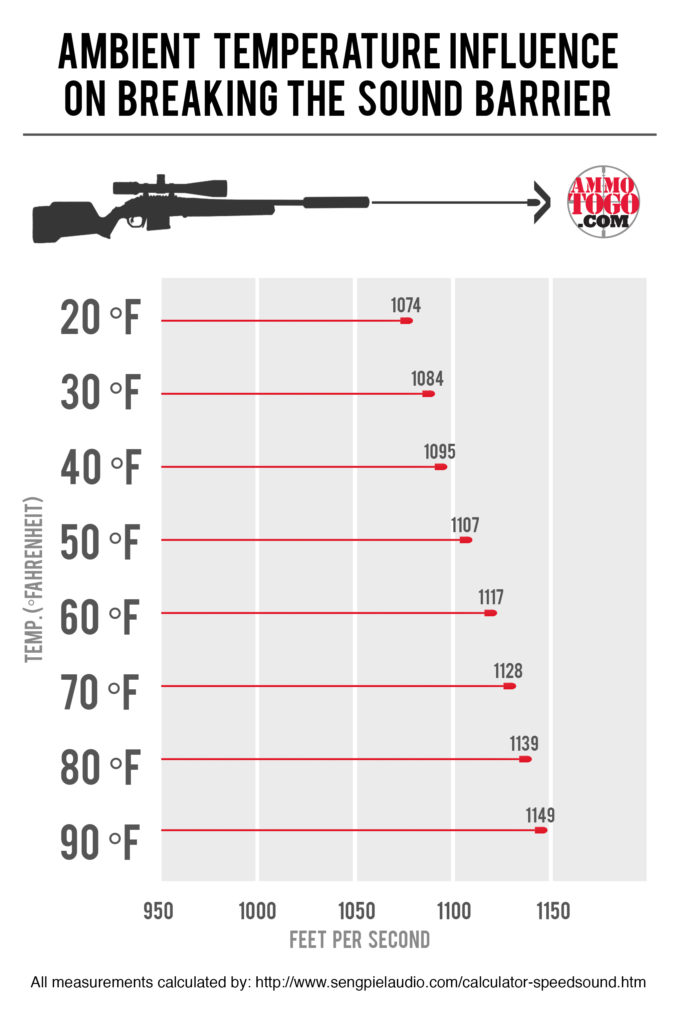
Most rifle ammunition is manufactured to produce supersonic speeds, although there are some exceptions. Pistol calibers on the other hand are usually a better choice to achieve speeds less than 1,100 feet per second, also known as “subsonic”. It’s possible to shoot both subsonic and supersonic rounds through suppressed firearms. Just keep in mind that the sonic crack can in no way be altered or suppressed itself.
Benefits of Suppressing Firearms
Preserving Hearing Health
Even if you’re not an avid shooter or gun owner, it’s easy to understand one simple fact; exploding gunpowder is really loud. It also doesn’t take an Audiologist to understand that constant exposure to loud noises can lead to hearing loss.
Hearing loss and tinnitus caused by over exposure to loud noises are two of the most common medical conditions for recreational shooters and hunters. In fact, WebMD claims hearing loss is the third most common health problem in the United States.
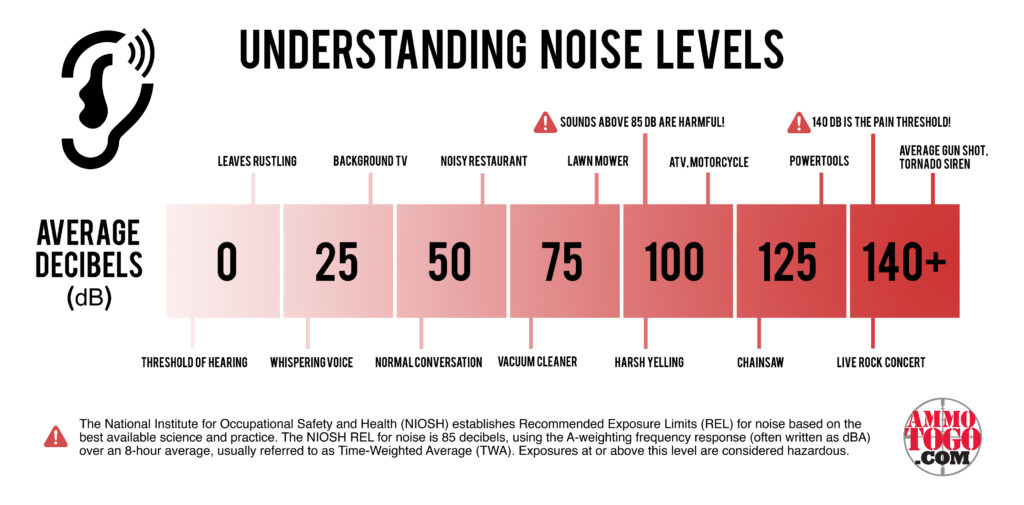
The use of a silencer can reduce the deafening sound of gunfire for hunters and shooters by 30-40dB. This is comparable to benefits of using in- or over-the-ear hearing protection. So why not just wear ear protection all the time? While we definitely recommend using hearing protection, every shooting situation is different and ear-pro may not always be an option.
For example, in a law enforcement shooting situation, an officer may not have time, nor the desire to worry about protecting their hearing. Safety and survival of the officer and innocent bystanders is the key concern.
Shooting in tight enclosed spaces, like in a potential home defense situation, can also lead to permanent hearing damage. The reverberations of a gunshot off of surrounding walls and ceiling can amplify the blast, regardless of the firearm used.
“the only potentially effective noise control method to reduce students’ or instructors’ noise exposure from gunfire is through the use of noise suppressors that can be attached to the end of the gun barrel.” – The Centers for Disease Control and Prevention (CDC)
Hunters typically don’t wear ear protection when traveling out in the field, either. For starters, a hunter needs to be able to clearly listen for the game they are after. They also need to have full situational awareness, with the ability to clearly communicate with other hunting companions. And in the case for using electronic hearing protection when hunting, most state laws forbid the use of electronic devices that aid in the locating of game animals.
Research that demonstrates the superiority of silencers over traditional ear protection has been published by Matthew P. Branch, MD. He found, “All suppressors offered significantly greater noise reduction than ear-level protection, usually greater than 50% better. Noise reduction of all ear-level protectors is unable to reduce the impulse pressure below 140 dB for certain common firearms, an international standard for prevention of sensorineural hearing loss . . . Modern muzzle-level suppression is vastly superior to ear-level protection and the only available form of suppression capable of making certain sporting arms safe for hearing.”
Recoil Reduction and Accuracy
It’s very natural to flinch in anticipation of loud sounds or movements, it’s in our genes. This is commonly experienced by many people when shooting a firearm. If you’ve ever spent time at the range or in the field hunting, you probably noticed how your shoulder was somewhat tender the next day due to the recoil of the firearm. Anticipating this harsh recoil, shooters tend to brace for the impact and the blast of the muzzle just prior to pulling the trigger. These additional small movements by the shooter can result in poor accuracy down range.
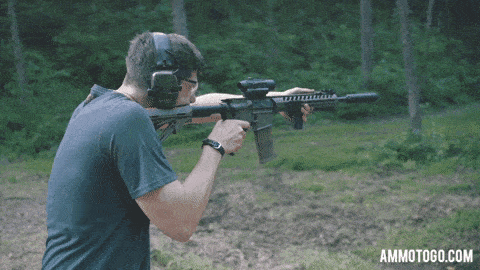
By redirecting and cooling the fired gases, silencers are beneficial in mitigating the overall recoil felt by the shooter. In return, the shooter can overcome the instinct to flinch and achieve better shot placement at the range and more humane kills when hunting.
Muzzle Flash Reduction
By using a silencer or suppressor, you can also greatly reduce, or in many cases eliminate the bright muzzle flash caused by the burning gases exiting the barrel. The bright flash emitted from a gun blast can cause temporary blindness and disorientation of the shooter or others in close vicinity. This is typically only an issue when shooting in low light or night time settings, like during a home defense situation, or a night-time predator hunt.
Noise Complaints
People generally don’t like to be interrupted by unwanted noises. The same principle applies to shooting on personal property or rural gun ranges. Even on large tracts of land, noise ordinances can still come into play and neighboring properties may not want to hear you plinking away all afternoon.
Silencers can help soften these noises from personal and public ranges, as well as hunting properties. And a happy neighbor is well worth the investment, trust me.
Are Silencers Legal?
Silencers aren’t the easiest firearm accessories to purchase. They are heavily regulated, just like actual machine guns, under the National Firearms Act (NFA) of 1934, which falls under the scope of the Bureau of Alcohol, Tobacco, Firearms and Explosives (ATF).
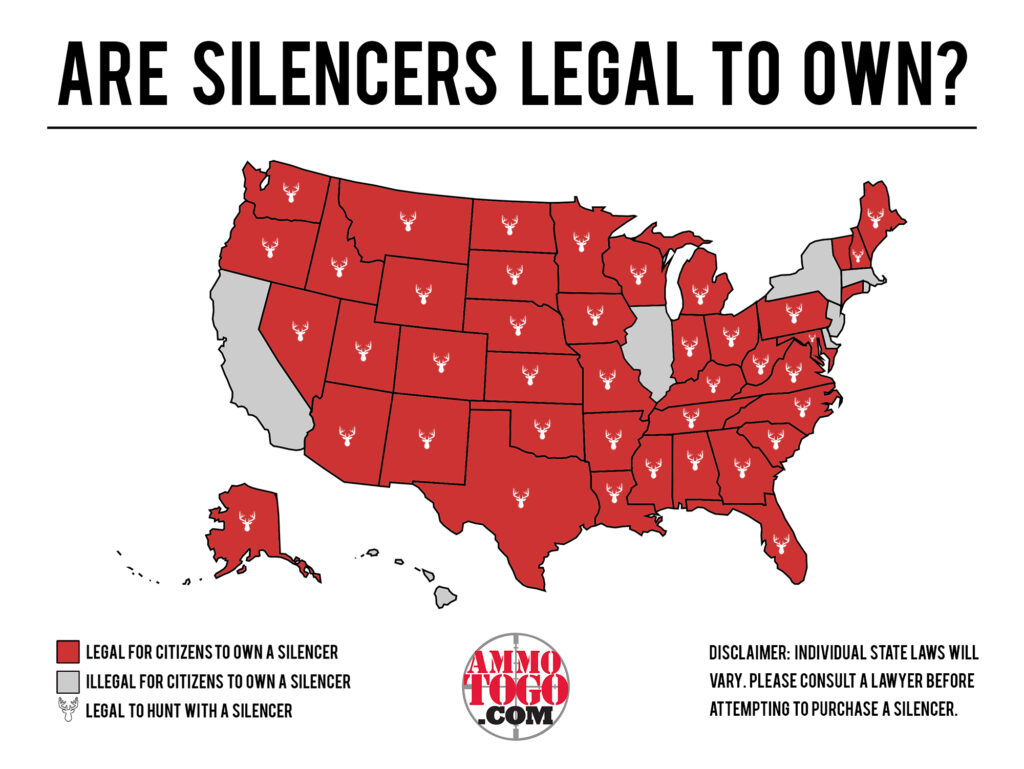
To legally purchase or possess a silencer you must meet the following criteria:
- Be a resident of the United States.
- Reside in one of the 42 states that allows civilian ownership of silencers.
- Be legally eligible to purchase a firearm.
- Be at least 21 years of age to purchase a silencer from a licensed silencer dealer.
- Be at least 18 years of age to purchase a silencer from an individual on a Form 4 to Form 4 transfer (contingent on state laws).
- Be at least 18 years of age to possess a silencer as a beneficiary of a trust or as a member of a corporation (contingent on state laws).
- Pass a BATFE criminal background check with a typical wait time of up to 10 months.
- Pay a one time $200 Transfer Tax Stamp fee.
At the time of writing this article, the following 42 states allow citizens to own a silencer for personal use: AL, AK, AZ, AR, CO, CT, FL, GA, ID, IN, IA, KS, KY, LA, ME, MD, MI, MN, MS, MO, MT, NE, NV, NH, NM, NC, ND, OH, OK, OR, PA, SC, SD, TN, TX, UT, VT, VA, WA, WV, WI, WY.
Although legal to own, hunting with silencers is currently illegal in: CT, VT. The hesitation of hunting with silencers in these states allegedly comes from trying to stop poachers from “quietly” killing game animals back in the mid 1900’s. It also seems the local state governments, like many others in the Northeast area, are simply against furthering firearm related legislation.
Mainstream Popularity
Silencers can be somewhat cost prohibitive for most citizens. Depending on the setup, the cost of purchasing a silencer can range from a few hundred to upwards of thousands of dollars. Couple this steep cost with the $200 nonrefundable tax and you can see why some people would like to deregulate these devices.
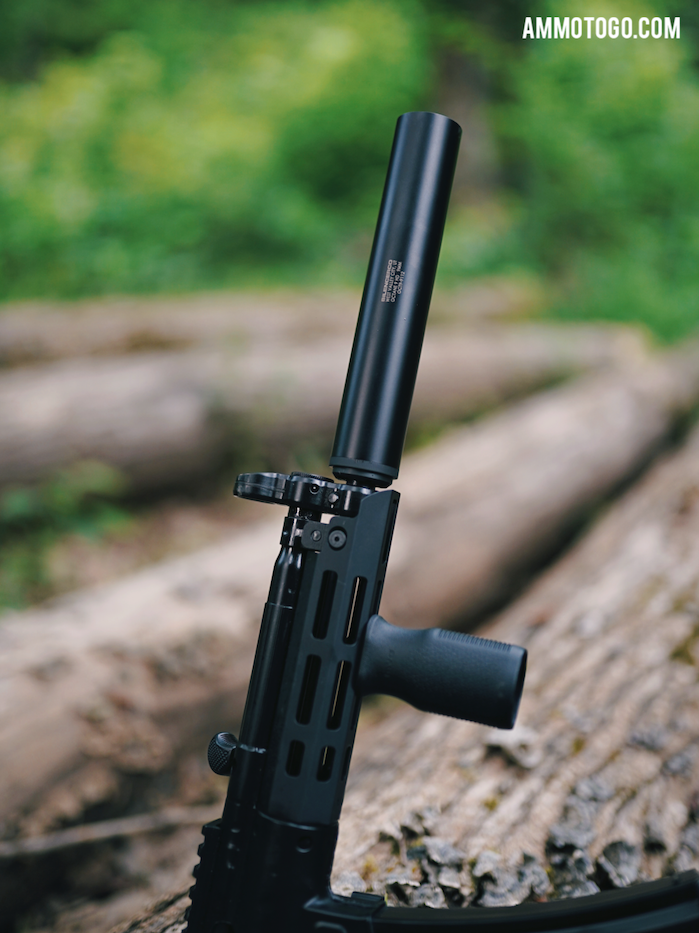
Despite the extensive regulations and high prices, according to the 2018 ATF Statistical Update, American citizens currently own 1,489,791 silencers. A number that has grown significantly over the past two decades. As of 2018, Texas is the leading state in silencer ownership, with just over a quarter of a million registered devices.
The surge in popularity of these devices has come from modern companies entering the marketplace with enticing advertising. There has also been an increase in education and awareness of hearing loss caused by firearms.
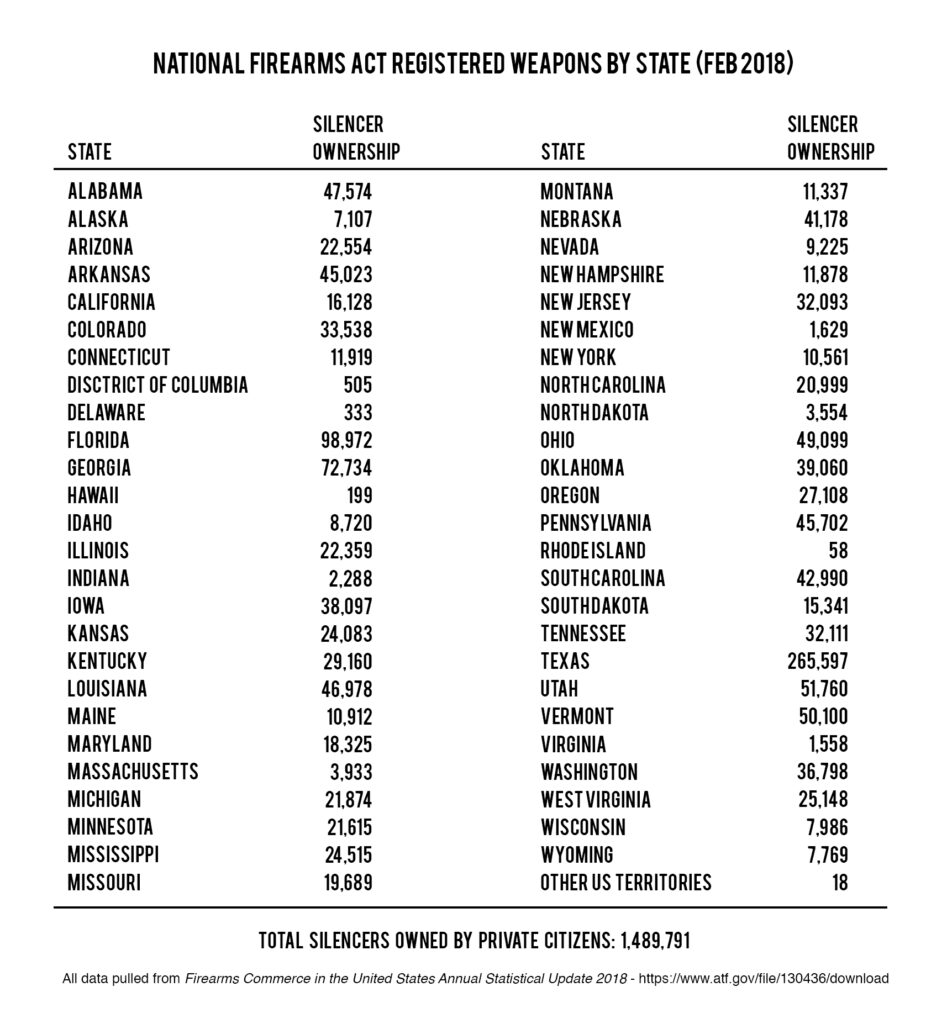
However, lately there have been increased efforts by anti-gun groups to try regulate these devices even further. Some groups have even called for a complete and total ban of silencers for firearms. The arguments in favor of bans and confiscations range from how silencers make a firearm “more deadly” all the way to “only murderers use them”.
But, if they’re are so horrible and deadly, why isn’t there a thriving black market for silencers and a plethora of crimes to connect them to?
According to research by Paul A. Clark, from 1995-2005 there were only 153 federal convictions in which a silencer was used during the commission of a crime. Clark also wrote, “The data indicates that use of silenced firearms in crime is a rare occurrence, and is a minor problem. Moreover, the legislative history of silencer statutes indicates that these provisions were adopted with little or no debate”
To fight back against such ridiculous and unsubstantiated claims in recent years, legislation and research have been introduced to try and deregulate the sale of silencers all together. The Hearing Protection Act of 2017, Sportsmen’s Heritage and Recreational Enhancement (SHARE) Act, and SHUSH Act, although unsuccessful so far, have sought to amend the current laws to deregulate and treat silencers like other firearm accessories.
Silencer Decibel Level Testing
As far as sound measurements are concerned, we can cite decibel(dB) levels all day, but unless we have something to compare them to, the numbers are somewhat useless. With this in mind, we set out to do our own independent sound level testing. We wanted to approach our project as scientifically and accurately as possible, without first having to get a degree in acoustics.
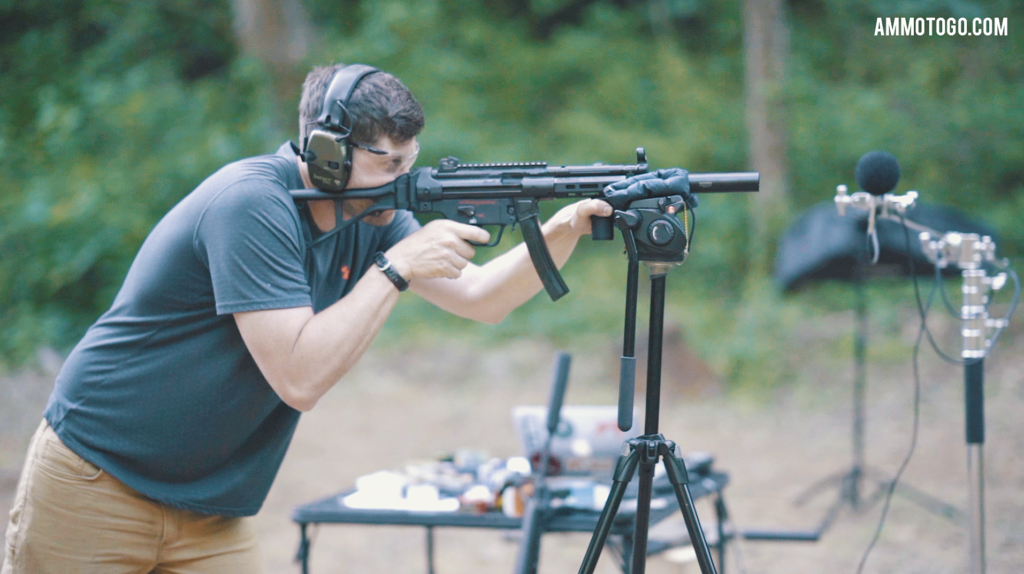
For our testing purposes, we used a *Larson Davis Model LxT1-QPR Sound Level Meter.
We recorded both suppressed and non-suppressed readings, using the z-weighting method of measuring high pressure levels. This method of measurement is also referred to as linear or unweighted.
Unweighted is a more accurate method of evaluating potential hearing damage and is the best method to use when testing firearms. MIL-STD 1474D is considered the military standard for measuring sound. Following these standards, we placed the microphone 1 meter to the left of the muzzle and 1.6 meters above the ground, with the microphone pointing upward, at a 90 degree angle to the bore. All testing was completed away from any reflecting surfaces, as to not negatively affect the audio readings.
We compared five of the most popular handgun and rifle calibers available on the market today, testing 30 different SKUs of ammunition in the process. Then, we test fired five rounds suppressed and three unsuppressed with each brand of ammo to find an average dB level.
First Round Pop
The first shot out of a suppressor at any given time will generally be louder than the subsequent rounds fired. This phenomena is commonly known as First Round Pop or FRP. This is caused by the burning off of oxygen that has filled the silencer baffles and chambers when the action is left open or the device has not been in recent use. With FRP in mind, we wanted to gather more testing data to find an average suppressed level, compared to our test shots when firing unsuppressed.
Rifle Caliber Testing
Three of the most popular rifle calibers are .308 Winchester, .223 Rem/5.56mm, and .22lr. We chose two different barrel lengths as one of our test variables, one shorter and one longer. It’s reasonable to assume that the longer barreled firearms with have lower decibel readings.
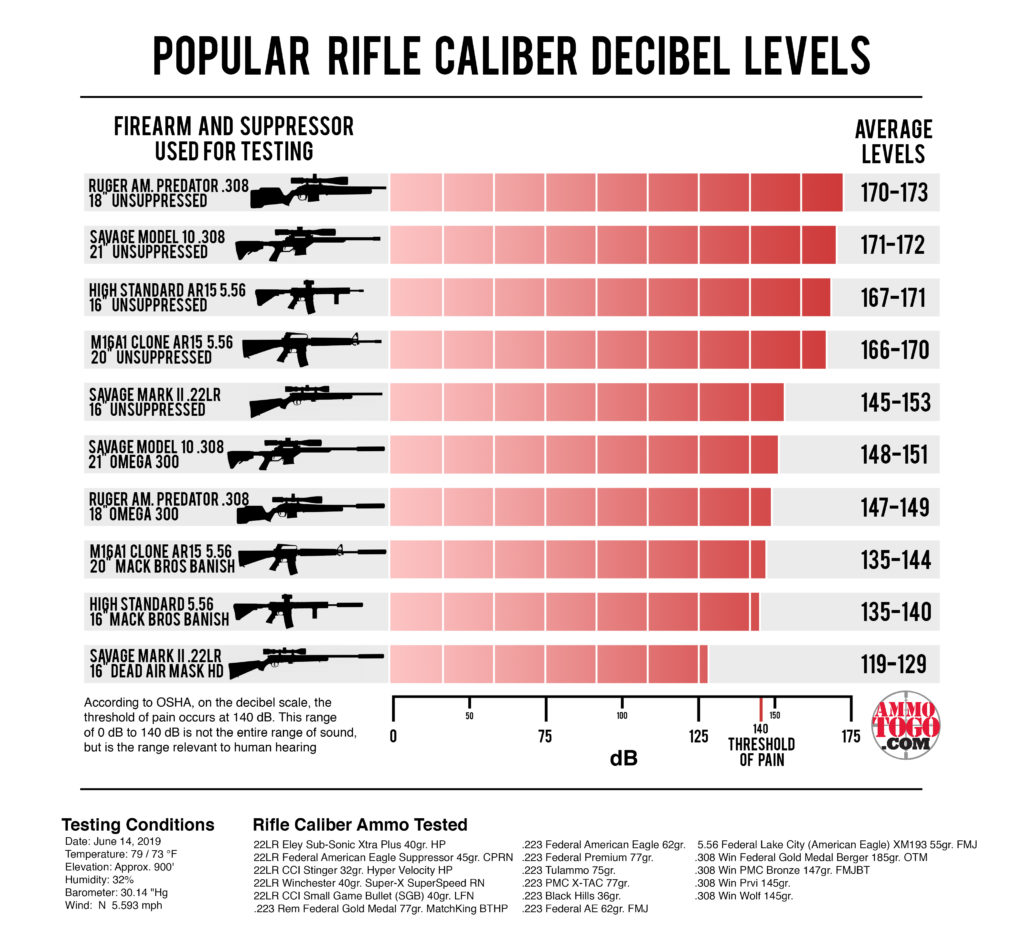
Suppressed vs. Unsuppressed .22 Long Rifle
As expected, this smaller load had some of the lowest dB readings for the rifle calibers. The lowest average suppressed measurement of 119.34 dB came from firing 22LR Federal American Eagle Rimfire Suppressor 45gr. CPRN ammo with a 16″ Savage Mk II. Overall, we recorded an average of 119-129dB when firing all ammunition suppressed. These levels are comparable to the sounds you would experience when operating most power tools.
When shooting unsuppressed, this smaller caliber comes in at an average of 145-153dB, just slightly louder than the suppressed .308 rifles. It’s a level most people wouldn’t typically expect to see from these tiny little rounds.
Suppressed vs. Unsuppressed .223/5.56mm
Unsuppressed, we recorded an average of 166-171 dB for the 16″ and 20″ AR15 rifles. When shooting with a silencer, the levels come in at an average of 135-145dB. That’s an average reduction of 36dB between the unsuppressed and suppressed shots.
We observed a change of only 1-4dB between the two barrel lengths, both suppressed and unsuppressed.
Suppressed vs. Unsuppressed .308 Win.
Of all the rifle calibers tested, the loudest average unsuppressed measurement of 172.87 dB came from the 18” Ruger American Predator, firing .308 Win Federal Gold Medal Berger 185gr. OTM ammo. The same ammunition fired with a suppressor came in at an average of 148.4 dB.
While it is a reduction of almost 25 dB, the sound of a suppressed .308 load will still result in hearing damage if additional ear protection is not worn.
Pistol Caliber Testing
We tested three of the most popular pistol calibers, 9mm, 45 ACP, and .22lr, with varying barrel lengths.
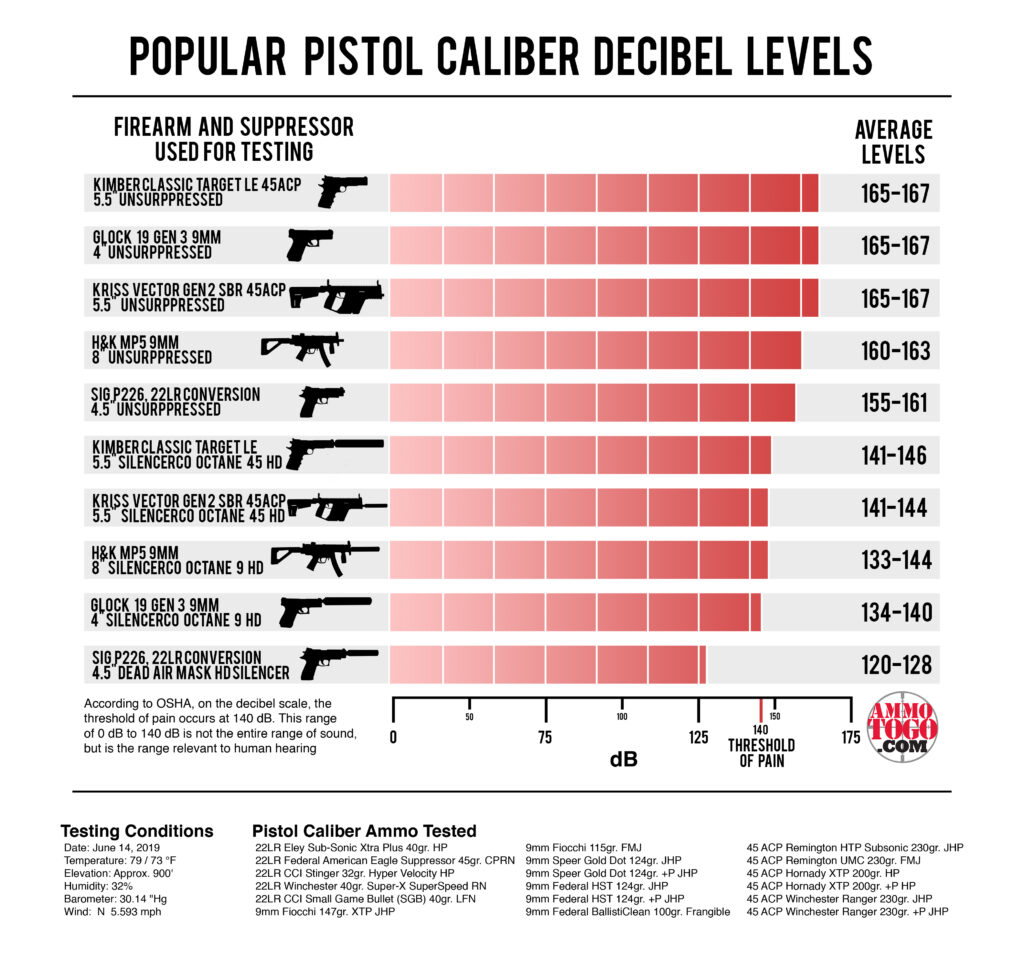
Suppressed vs. Unsuppressed .22 Long Rifle
Similar to the rifle testing, .22lr had some of the lower dB readings for this round of testing. The suppressed Sig P226 conversion gave us an average of 120-128 dB for all ammo tested. When fired unsuppressed, the .22lr rounds came in at an average of 155-161 dB, just under the unsuppressed H&K MP5.
With an average reduction of 41 dB, it’s easy to see why so many people enjoy shooting this caliber with a silencer.
Suppressed vs. Unsuppressed 9mm
We chose the ever popular Glock 19 and H&K MP5 for this round of pistol caliber testing. When firing the Glock 19 suppressed, we recorded an average of 134-140 dB, while the H&K MP5 comes in at an average of 133-144 dB. The unsuppressed MP5 registered an average 160-163dB, compared to the unsuppressed Glock 19, with an ear-splitting average of 165-167 dB.
That’s an average reduction of 34 dB when using a silencer with a 9mm firearm.
Suppressed vs. Unsuppressed 45 ACP
We saw comparable results for 45 ACP as we did with 9mm. The average unsuppressed levels, which were some of the loudest results for the pistol calibers, came in at average of 165-167 dB, while the average suppressed levels came in 21-26 dB lower, ranging from 141-146 dB.
Both firearms used for testing in this caliber did have the same barrel length of 5.5″, but are built completely different. There weren’t any measurable differences in the audio levels when unsuppressed, but we did see a 2 dB different when using a silencer.
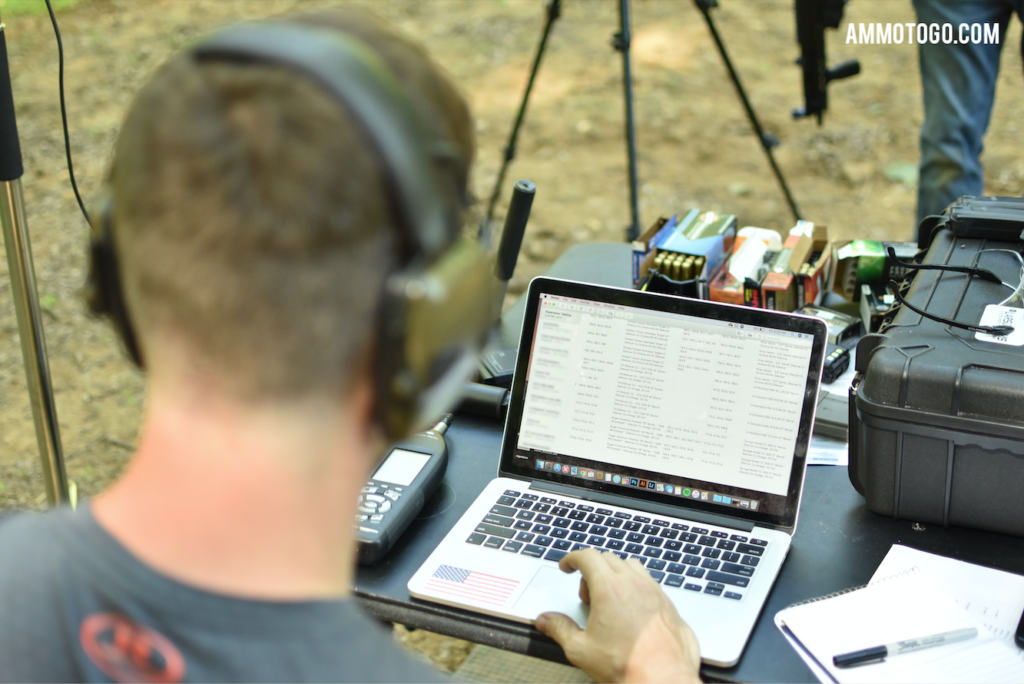
If you would like to see all of the raw test data, click the link below:
Conclusions
There are a lot of reasons for owning a silencer. Some may be about personal rights, others might just be looking for another hearing protection alternative. With a proven reduction of gun shot blasts of up to 30-40 dB, it’s hard to deny the fact that using these devices can and will protect a shooter’s hearing health.
Whatever the reason may be, educating yourself and others will help everyone better understand how these devices, and their potential role as everyday tools, can have an influence on our hearing health, personal defense, and recreational uses.
So where do you stand on the topic? Are you one of the 1.4 Million+ civilians that actually owns a silencer? Let us know about your experience in the comments below and if you would recommend one to someone new to the subject.
Thanks for your support, and as always, happy shooting!
Ammunition Used for Silencer Testing:
22LR
Eley Sub-Sonic Xtra Plus 40gr. HP
Federal American Eagle Suppressor 45gr. CPRN
CCI Stinger 32gr. Hyper Velocity HP
Winchester 40gr. Super-X SuperSpeed RN
CCI Small Game Bullet (SGB) 40gr. LFN
9mm
Federal BallistiClean 100gr. Frangible
45 ACP
Remington HTP Subsonic 230gr. JHP
Winchester Ranger 230gr. JHP
Winchester Ranger 230gr. +P JHP
.223/5.56mm
Federal American Eagle 62gr. FMJ-BT
Federal Gold Medal 77gr. MatchKing BTHP
PMC X-TAC Match 77gr. Sierra MatchKing OTM
Black Hills 36gr. Remanufactured Varmint Grenade HP
Federal Lake City (American Eagle) XM193 55gr. FMJ
.308/7.62x51mm
Federal Gold Medal Berger 185gr. OTM
WPA Military Classic 145gr. FMJ
*Correction: It was previously stated that we used the Larson Davis Model 831 Sound Level Meter for this project. The actual model used was the Larson Davis Model LxT1-QPR Sound Level Meter. The two models share a similar user manual, but the Model LXT1 is the correct device to use for firearm level testing.
